
#1 in my ranking of the Heisei, Millennium, and Reiwa eras of the Godzilla franchise.
This is probably my favorite Godzilla film. It’s still got certain, common problems with the franchise, especially around its human characters, but the approach to the multiple kaiju is easily the most interesting since the start, and while I still have problems with the human characters, it’s the best approach to them in probably the entire franchise. Seriously, this surprised me. I really, really liked it.
Retconning everything again (I get it…these Millennium movies are disconnected anthology stories…I get it now), Godzilla has not been seen since his 1954 attack. The ensuing 50 years has turned Godzilla more into a legend than a practical reality for the Japanese people. However, things are happening. A US nuclear sub is destroyed off Guam. There are sightings of some large creature in Japan. Something is brewing, and Japanese Defense Force Admiral Tachibana (Ryudo Uzaki) and his journalist daughter Yuri (Chiharu Niiyama) are looking at the same interconnected events from different angles. If there’s an emotional core to the film, it’s their relationship, buoyed by something in Tachibana’s past about needing to make up for…something. The particulars are quickly lost, but the intention is there. See…it’s still got some of those character problems.

However…the film gets interesting. Really interesting.
You see, the meaning of Godzilla kind of changes from film to film, usually with an emphasis on the kaiju being a warning about nuclear power. This takes a very different tact. Yuri interviews an old man, Professor Isayama (Hideyo Amamoto) who says that Godzilla is the collection of souls of dead Japanese soldiers from WWII who have come back to punish Japan for forgetting its crimes during the war. It’s only ever mentioned once, so I don’t want to make too much of it, but in terms of in-universe reasons for Godzilla to be a thing…that’s kind of wild.

However, that’s not the end of the interesting. Usually, these films have real trouble coming up with reasons for monsters to attack each other. Here, the film presents three (Baragon, Mothra, and King Ghidorah), fighting Godzilla mostly one at a time, and we get the explanation that they are forces of the planet out to fight Godzilla to retain balance. So…Godzilla is fully the bad guy here, but the other monsters are something like good guys. I can’t think of a previous Godzilla movie where that dynamic actually played out. Some had variations of the other monsters not being completely terrible but ultimately bad (think Godzilla vs. Hedorah), but by that point Godzilla was fully good anyway. Here, actively cheering for the other monsters is…different. I really liked it. And they were godlike forces themselves, unimpeded by human action.

Which leads to how this is actually one of the better examples of humans injecting themselves into a fight between gods. The plot ends up developing from people trying to figure out what’s going on to Tachibana piloting a ship to try and find a way to inject some missiles into the fight to provide a killing blow at some point. It’s appropriate for the scale, never losing sight of the larger conflict, and involves an actual main character. I mean…good stuff.

And yet, the main focus has to be the monster action. There’s a lot of it, and it’s generally kind of awesome. My only complaints are that the stuff shown during the day has that small-scale feel, especially the fight with Baragon, that plagued the Showa Era while the stuff underwater is simply difficult to see. Other than that, the action is large. The choice of enemies is varied which provides a lot of opportunity for Godzilla to do the beat down in different ways. And, because Godzilla is supposed to be both the bad guy and terrifying, he wins…a lot. And it’s kind of brutal. It makes him genuinely terrifying, maybe the first time he’s been terrifying since the original attack on Tokyo in 1954.

It’s the makings of a standard Godzilla film but with enough added interesting layers, new interpretations, and very good action that by the end, I was fully on board. And the character stuff, while unremarkable, actually ends up working in this high-level sense where maybe I don’t know why Tachibana has this chip on his shoulder, but I understand that he does and that he and his daughter love each other. It works, even if it’s thin.
The combination of things just worked for me. Incredibly well. It’s pretty easily my favorite Godzilla film. I mean, it’s not great cinema, but it’s really good entertainment. It comes together shockingly well, and I think it stands apart from the rest of the franchise as a pinnacle of what the movies could be.
Originally published here






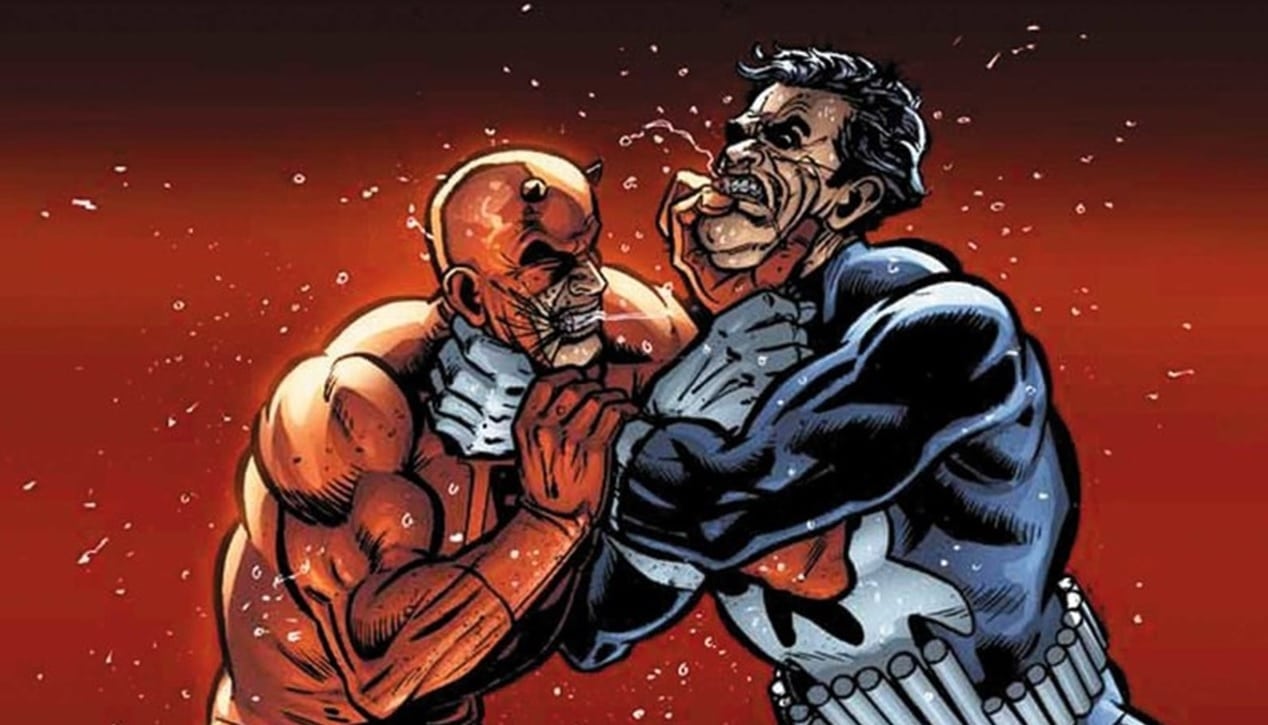

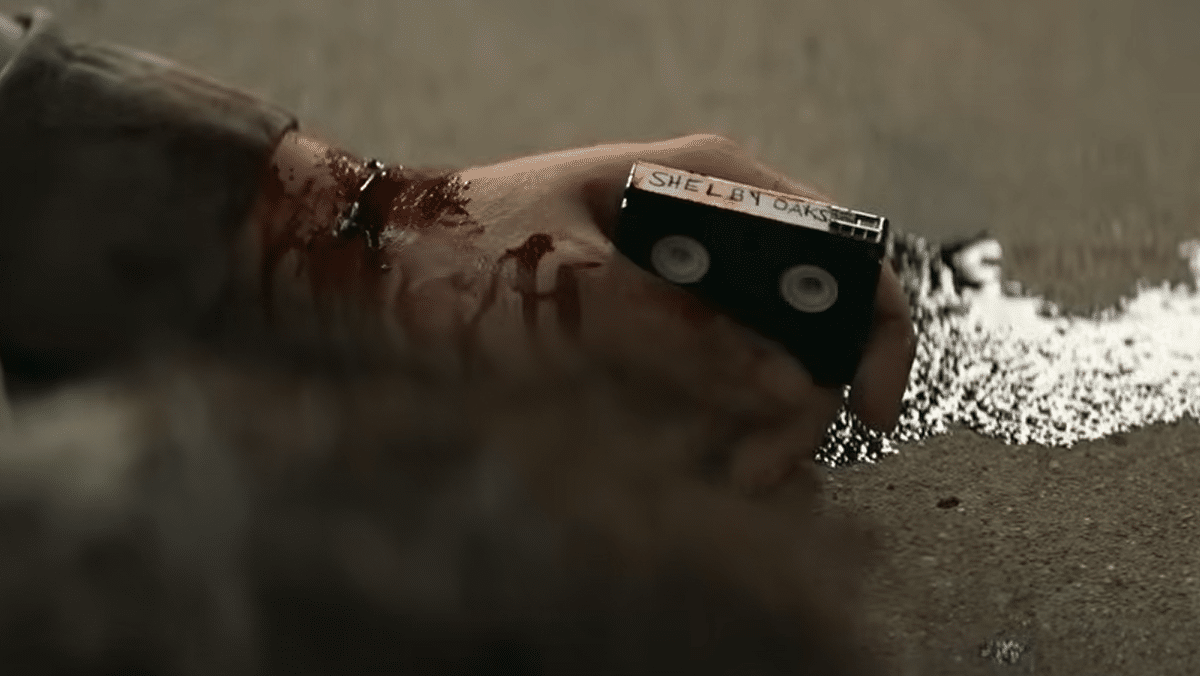
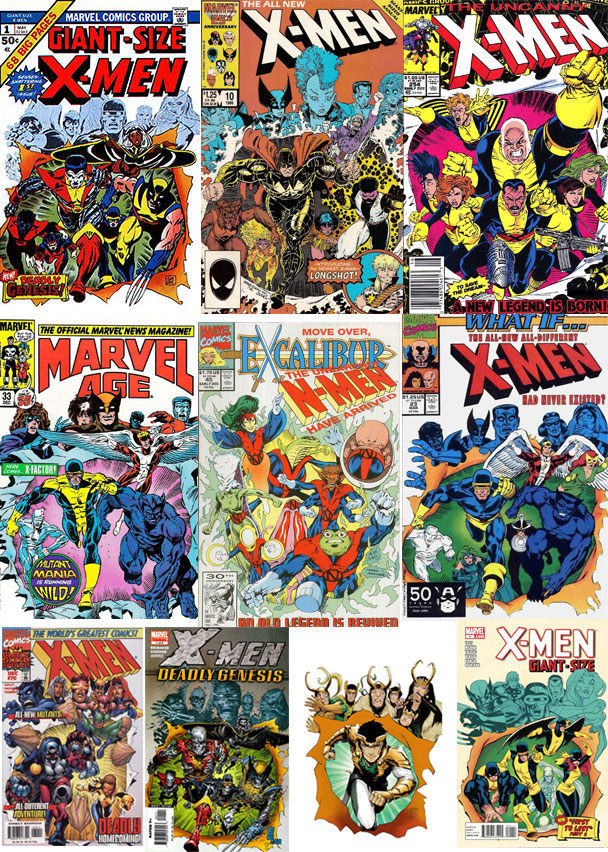



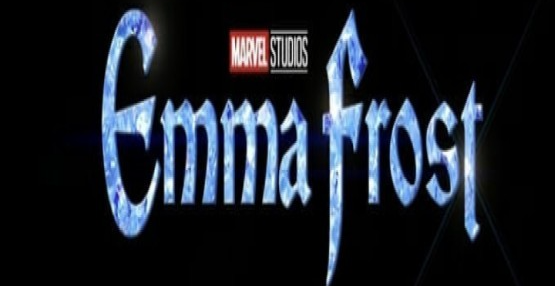

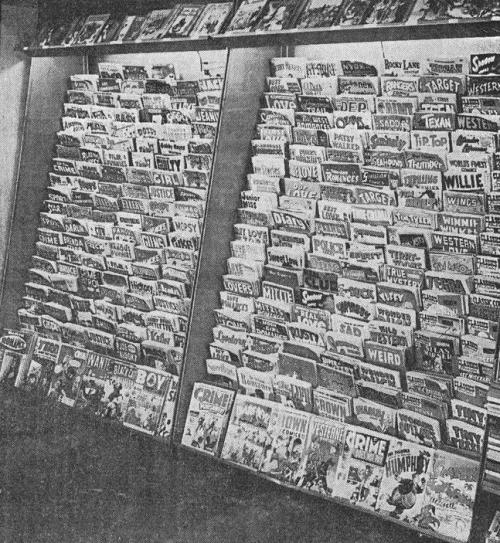
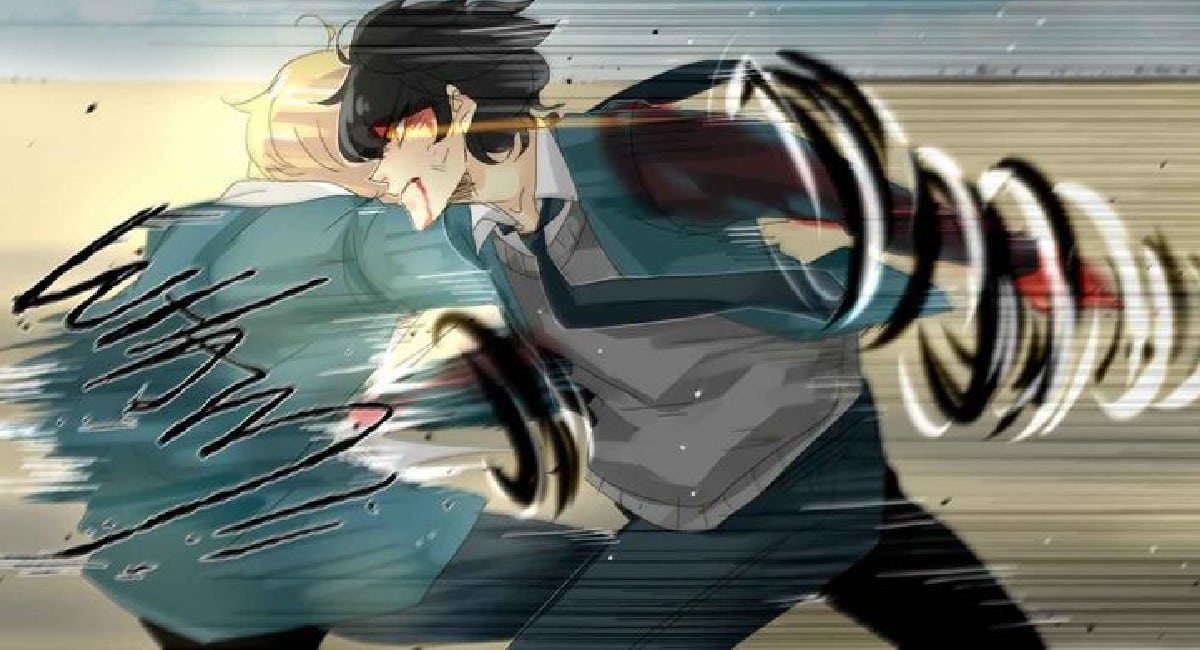


 English (US) ·
English (US) ·